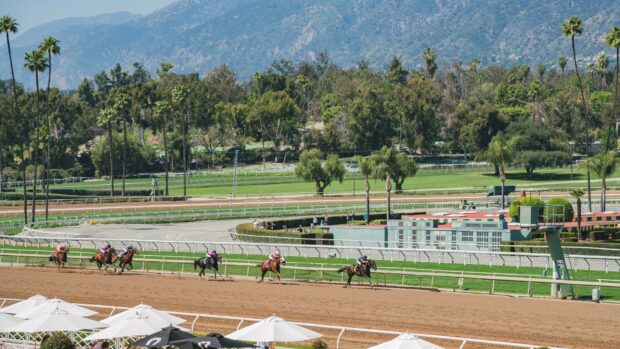A new format for the para dressage competition at the Paralympic Games will be in effect in Tokyo (26-30 August).
The order and way in which the three sets of medals will be decided and the format of the team competition are the two major changes since Rio 2016. It now follows a similar, but not identical, format to that used at other para dressage championships since the last Paralympics.
1. All equestrian teams across both the Paralympic and Olympic disciplines will feature just three horse and rider combinations, instead of four, meaning there will be no drop score and all three scores from the team test will count towards the team results.
2. Another major change from Rio 2016 is the order and way in which the medals are decided. In Rio, the team medals were decided on combinations’ performance in both the individual and team test. In Tokyo, only the three riders’ scores from the team test will count towards the final team result, as happens at other senior championships.
3. A total of 78 horse/rider combinations across five grades are expected to take part in the Tokyo 2020 Paralympics.
4. A set of medals is awarded in each grade for the individual, team and freestyle competitions.
5. Before the competition starts, all horses must first pass a veterinary inspection (25 August). This is not marked as part of the competition itself, it is rather a check to make sure all horses are fit to compete ahead of the opening competition.
6. There are no travelling reserves for the para dressage competition at the Tokyo Paralympics. But for those nations who are bringing four combinations, changes can be made to the line-up of three combinations that will contest the team test up to two hours before the start of the team test competition.
Individual competition
7. The individual competition is now the first class competitors will contest. It takes place over the first two days of the para dressage schedule at the Games (26-27 August). Nations that have qualified a team for the Games can send a maximum of four and a minimum of three combinations. All four horses and riders from each nation, plus individuals who are there without a team, will take part in this first medal-winning contest. The individual medals are decided on combinations’ performance in this test alone.
Team competition
8. Once the individual medals are decided, nations will then name the three combinations that will go forward to compete in the team test, which takes place over two days (28-29 August).
9. Team medals are decided on all three combinations’ performance in the team test alone.
10. Teams must include at least one rider from grades I, II or III and they can include a maximum of two riders from the same grade.
11. The team test – which is ridden individually by each competitor, rather than all three members in the arena at the same time – is a set test that will be accompanied by music. It is not to be confused with the “freestyle”, sometimes called “dressage to music”, which is a different part of the competition.
Freestyle
12. The final competition that makes up para dressage at the Games is the freestyle. This is the third and final medal-winning opportunity for competitors and takes place on 30 August.
13. The top eight competitors in each grade, based on the results of the individual competition, will go forward to contest the freestyle.
Other useful information
14. Competitors are given marks out of 10 for each movement. They are also given collective scores at the end of a test for the overall impression, with marks for riding and horses’ way of going.
15. Para dressage riders are allowed extra aids, depending on their disability and classification.
16. Errors of course are penalised by marks being deducted. A third error of course results in elimination.
17. If a rider is eliminated in one test, they may still compete in other classes that they are eligible for at the Games.
Horse & Hound magazine, out every Thursday, is packed with all the latest news and reports, as well as interviews, specials, nostalgia, vet and training advice. Find how you can enjoy the magazine delivered to your door every week, plus options to upgrade your subscription to access our online service that brings you breaking news and reports as well as other benefits.




